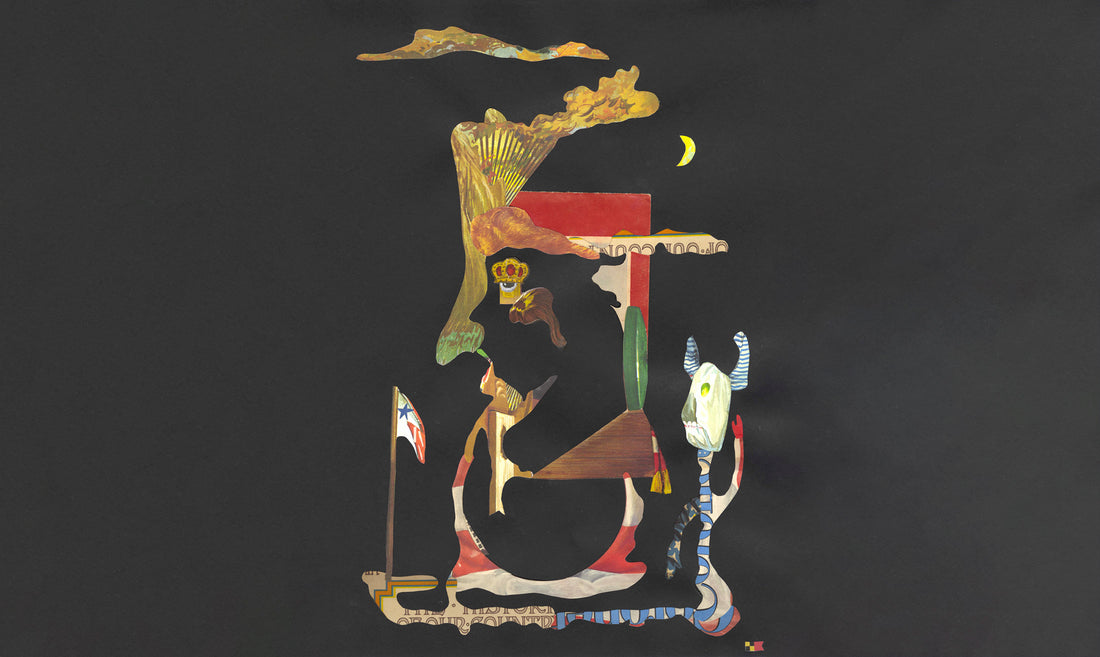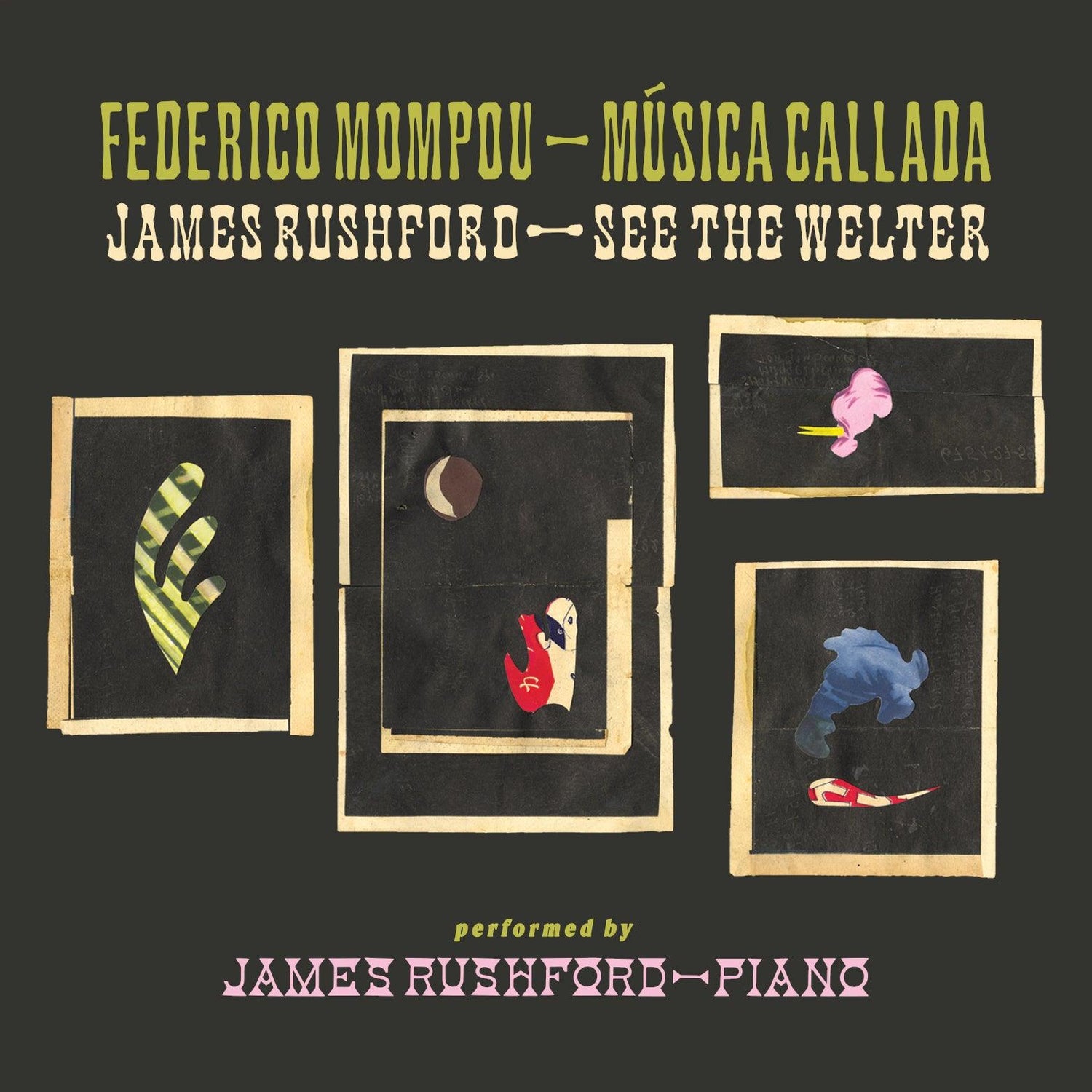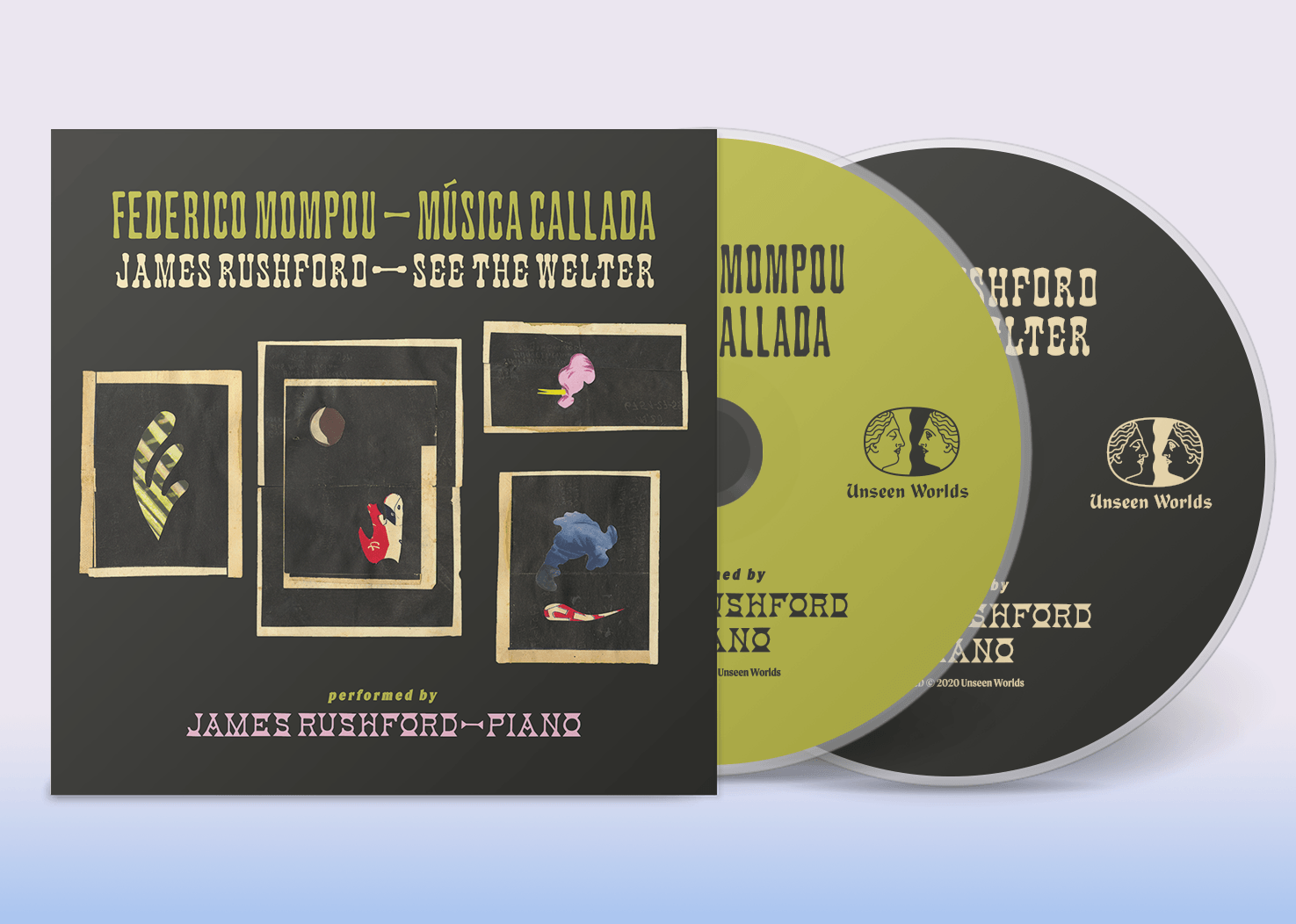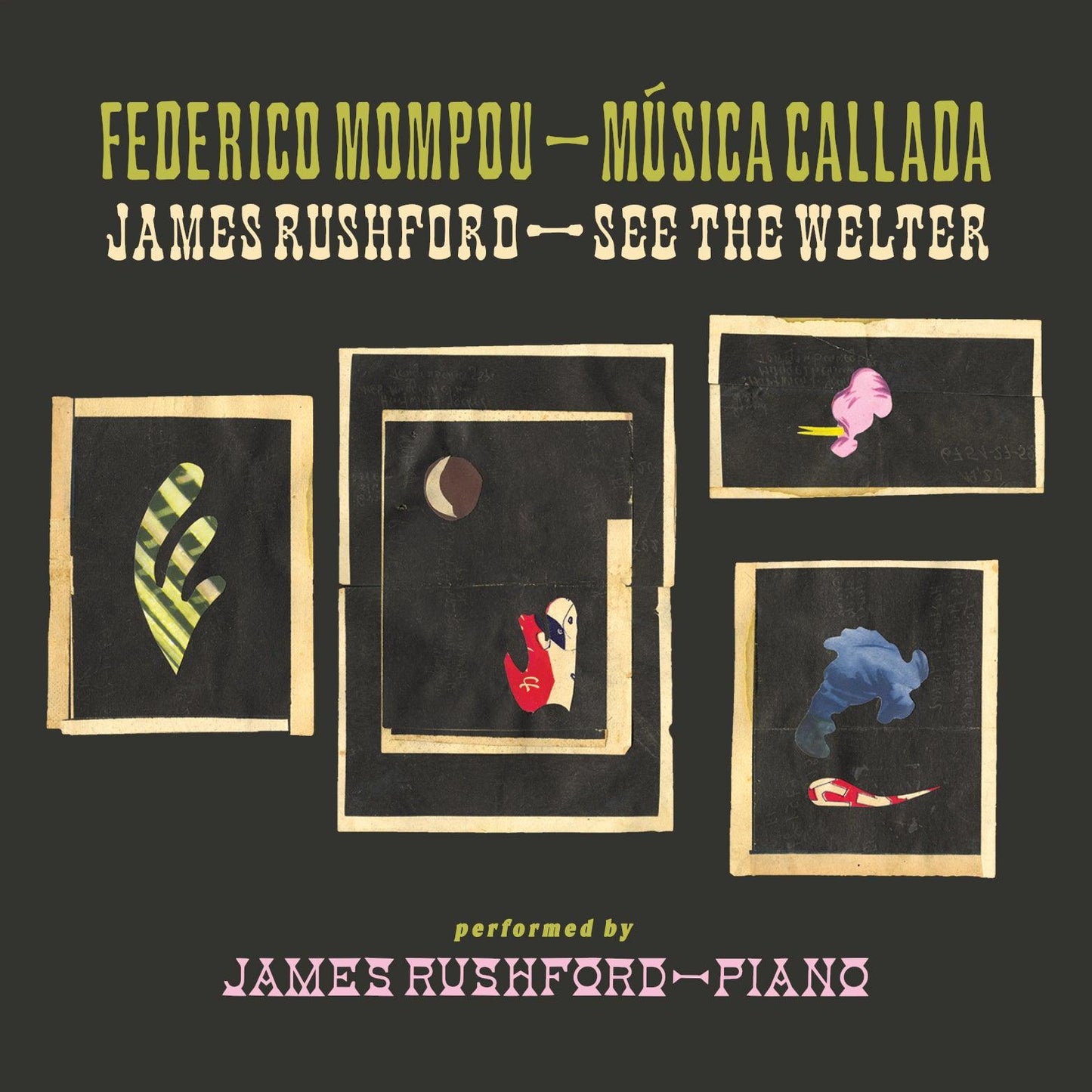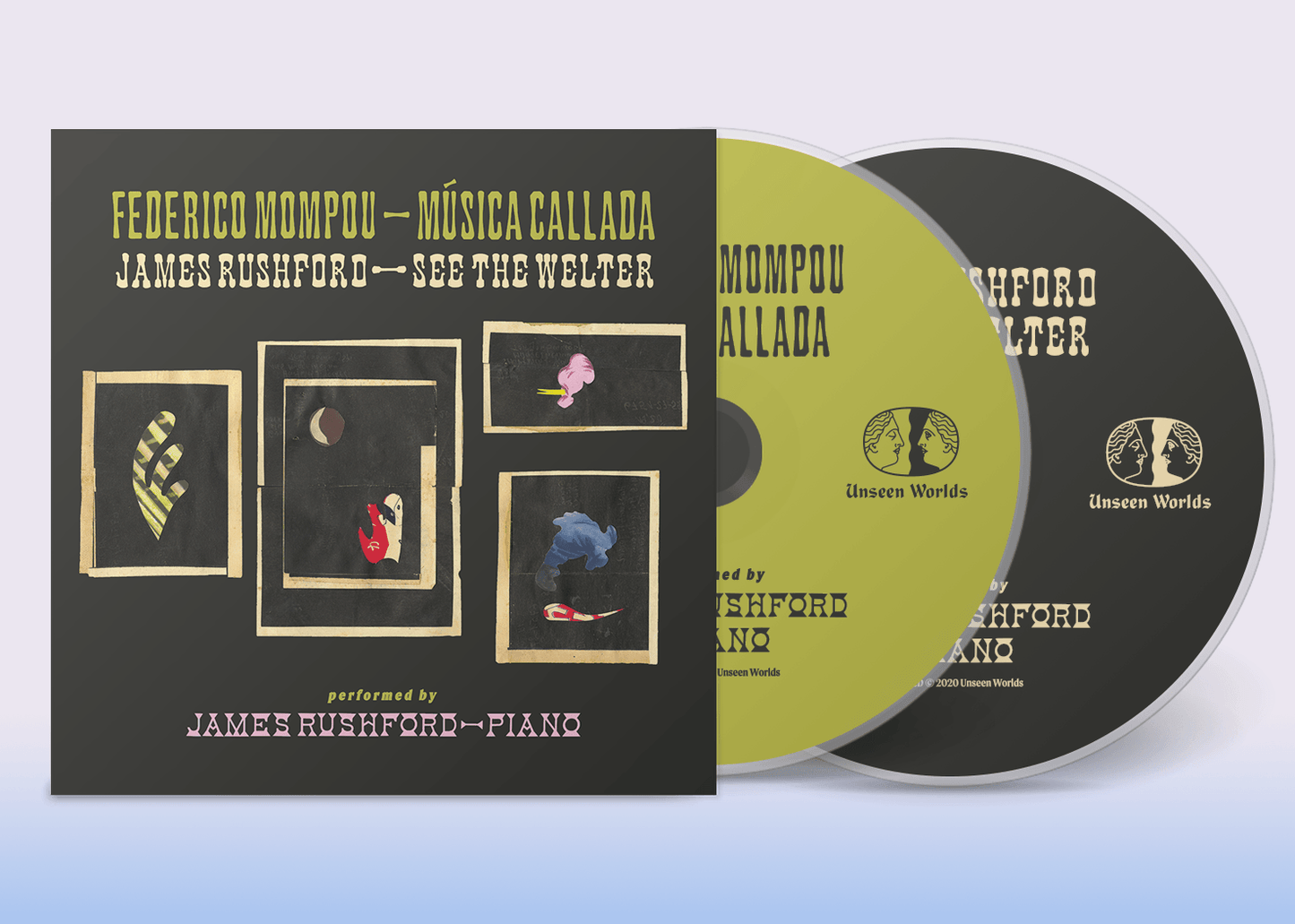Illustration, Lou Beach, The Abdication Waltz (So Long, Sucka)
Music is written for the inexpressible, it should seem to come out of the shadow in order to move back into the shadow.
— Federico Mompou
The title of Música callada (‘Silent Music’) by the Catalan composer Federico Mompou (1893–1987) might bring to mind John Cage, whose 4’33” dates from just a few years before Mompou began working on his piece. Yet it comes in fact from the Cántico espiritual, the most famous poem of the Spanish mystical poet and Carmelite friar St. John of the Cross (1542–1591). Written over eight months while John was imprisoned during the Spanish Counter-Reformation (and, in the absence of pen or paper, committed to memory), the Cántico espiritual attempts to explain the process by which the soul achieves its union with God, represented metaphorically as the search of a lovelorn wife for her lost beloved. The ‘silent music’ John perceives is the ‘sublimest melody, transcending all the harmonies of the world’, created by the God-given connections between all of God’s creations, even as they are dispersed across the earth. As he describes in a commentary to his own text, that music, inaudible to the natural senses, may be heard in a ‘murmuring solitude’ (soledad sonora) that sounds clearly to the spiritual powers: ‘These powers being in solitude, emptied of all forms and natural apprehensions, may well receive in spirit, like a resounding voice, the spiritual impression of the majesty of God in Himself and in His creatures’.
The imagery of musical forms emptied of earthly meaning, of solitude, and of a connection to the divine were irresistible to Mompou. A desire to be alone had shaped Mompou’s early musical direction: as natural shyness ended his ambitions to be piano virtuoso, after studies at the Paris Conservatoire he turned to composition instead. His approach remained introspective – far removed from the overt and public expressions of the avant-garde, both before and after the Second World War – and pursued a line inwards, towards Catalan traditional music, idiosyncratic technique, and a spiritually clarified instinctivism inspired particularly by Erik Satie. Música callada was composed in four volumes between 1959 and 1967. Its twenty-eight miniatures (many of them less than two minutes in length) draw into the shade elements from religious chant, popular song, bells and carillons (in centuries past his family had operated one of Europe’s leading bell foundries), classical music (in particular Chopin and Debussy, two composers he felt close to), and even jingles (the tune of Book 1, no. 3, derives from a leading Spanish radio station). Yet never are the allusions heavy-handed; if anything they remove weight from the music, which seems to float free of expectations or the burdens of meaning. The four books of pieces are considered by some to be Mompou’s masterpiece.
Música callada creates a sort of musical negative space, in which presence (of external references) creates lightness, and absence (of formal complexity, of counterpoint, of thematic or harmonic development) creates weight and substance. Metaphors such as these – which we can draw back to the Cántico espiritual itself – also lie behind James Rushford’s See the Welter, composed as a companion piece to Música callada in 2016. In See the Welter, Rushford introduces a concept of ‘musical shadows’, an idea that he has explored in several other works since. The aim is not a recognisable transcription or recomposition of Mompou’s twenty-eight pieces, but a sort of Proustian ‘sieving’, in which memories and sensations – such as finger pressures, resonances and harmonic rhythm – are projected across a new surface, in new forms, and as new memories. Just as a shadow both intensifies and diffuses the form of the object by which it is cast, so Rushford’s piece transforms and scatters the details of Mompou’s collection while intensifying its essence.
In this way Rushford derives fourteen melodic fragments, which he distributes in pairs across fifty-six modules, arranged in various permutations. Each module requires the performer to gradually cross-fade from one melody to the other over the course of three to seven repetitions, with the speed, dynamic and exact number of repetitions for each module left largely to the performer’s discretion. Transitions between modules may be marked by no more than a slight pause, across which the sounds of the first module continue to be sustained. Practically speaking, then, the piece is the inverse of Mompou’s: a single block of fifty–ninety minutes in place of a multitude of fleeting impressions; its long shadow. Expressively, however, See the Welter explores the same territory, if seen through the other side of the glass: resonances and absences, silences within sounds, luminosity and intensity, bodies within spaces.
– Tim Rutherford-Johnson, April 2020
~~~~~~~~~~~~~~~~
An afterimage in a darkened room. Pages in the saffron half-light. Daguerreotype photographs in a leather-bound book. Crepuscular music creeps into the passageways, between books and furniture, snaking across the floor like slow-moving smoke. It is a fragrant echo of a century past. A violent century, with the occasional moments of precarious peace rendered all the more precious.
Stone city on a torpid afternoon. The cries of children ringing in the street, their sounds still lodged between the paving stones in the squares, in the gravel, in the crevices of imperial buildings, in the dry fountains. Empty afternoon with distant bells. Silence between the peals – heavy, air still, heat rising from the ground, gathering under the roof and hanging like a cloud.
Inside the light is the dim, shades pulled down. There is a fine mist of indigo dust, faintly falling, rising heroically for a moment, then dampened by a distant voice. Seagulls croon and cry at noon, their groans carried to the land in the gusts of a faint and dying breeze. Nights spent lying on a hot bed, wandering the stairways for relief.
In our dream we climb the bell tower, starlight entering through the arched portals, no sound from our sandals, slowly groping their way up the staircase. We wish to be closer to the light of the stars, to the core of the bell, inside the heart of love in the core of the bell. In the bell’s harmonics we look for the dark light of faith, for the saint’s glowing heart.
Today there’s a lamp on in the corner with faint morning light coming in from the window behind it. Blue cream encasing amber; grey shadows on the street, dark walnut on the floor of the music room. Notes wander in the pale light, seeking their place in the melody and the slats on the floor. They are hesitant, reluctant to assert themselves, don’t want to be observed too closely. The cat’s eyes crack open and a thin jade glimmer escapes them. We spy on the music, listen indirectly, around the chords, to the silences between them. We avoid the yellow and black: this is a land of gold and grey. Looking directly at the heart of the music would be like looking at the sun.
– Michael Pisaro, March, 2020
